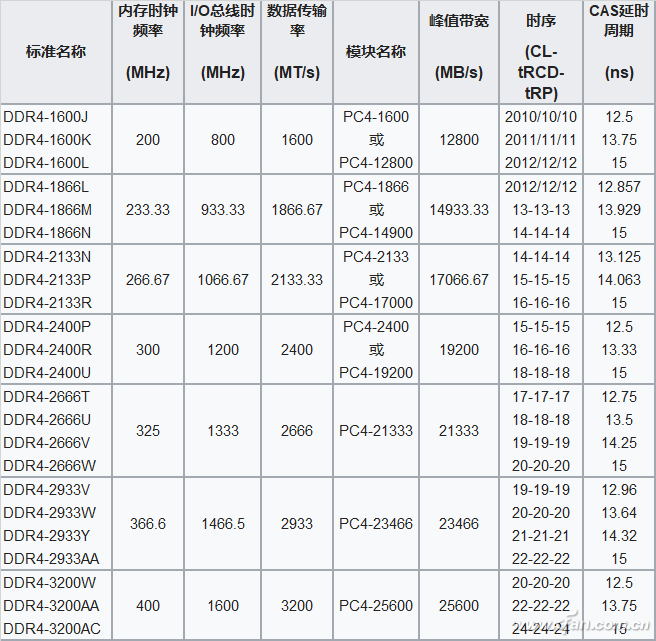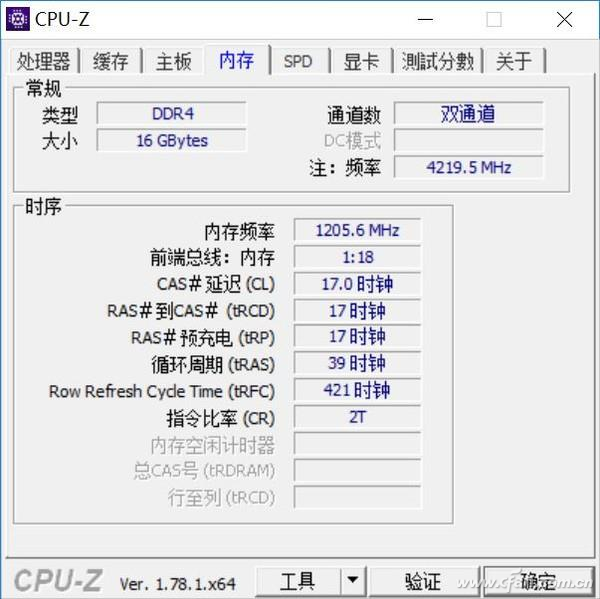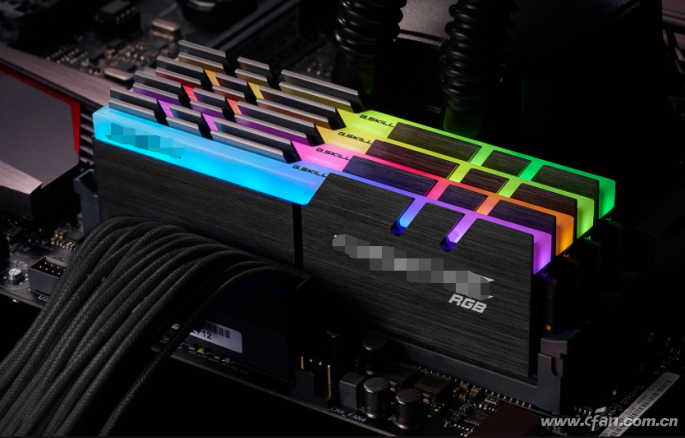When it comes to choosing the right memory, there's a lot to consider. From specifications and brand reputation to price, every detail matters. I've answered several questions on this topic, but I realized that many people are still confused. Today, I'll cover some common memory buying issues and share my insights with you.

High vs. Low Frequency: What’s the Difference?
Many users don’t pay much attention to memory frequency, but it has a significant impact on system performance. DDR4 memory started at 2133MHz, and now the mainstream is 2400MHz. High-end models go up to 2666MHz, 2800MHz, even 3000MHz (or 2933MHz) and 3200MHz. Don't underestimate the difference between these speeds—recently, I wrote about a memory selection guide where I emphasized how memory frequency can affect overall performance, especially when using an APU. If you're installing an APU, make sure your memory runs at a higher frequency—it will definitely benefit your system!

Don’t Ignore Memory Timings
Why is overclocked memory more expensive than standard ones? Besides its stylish design, the main reason is the difference in memory timings. Memory timings are parameters that determine how fast the memory can respond. These settings are stored in the SPD chip on the memory module.
There are four key timing values: CAS Latency (CL), RAS-to-CAS Delay (tRCD), RAS Precharge Delay (tRP), and Row Active Delay (tRAS). While they sound technical, they essentially measure latency. The lower the numbers, the better the performance. However, these values are pre-set by the manufacturer based on the quality of the memory chips. High-end memory uses better chips to achieve tighter timings, which justifies the higher price. If you care about performance, understanding these timings is essential—this is one of the main reasons why premium memory costs more.

Cool LED Lights or Just Gimmicks?
Over the past couple of years, memory has taken a trend toward aesthetics. Beyond performance differences, there's also a focus on visual appeal. Many modern memory modules come with eye-catching heat sinks and even RGB LED lighting. While I personally find the light pollution a bit over-the-top, many users love it—especially those with open cases or transparent side panels.
However, I wouldn’t recommend buying memory solely for its looks. A high-quality, high-performance module should be your top priority. After all, if the memory isn’t reliable or performs poorly, no amount of flashy lights will make a difference in your gaming or daily use.

Hydraulic Oil Pump Motor,Water Pump Motor,Voltage Induction Motor,High Tension Motor
Shaoxing AnFu Energy Equipment Co.Ltd , https://www.sxanfu.com